
OR
#OPINION
Evidence-Based Policy Making in Nepal: Challenges and the Way Forward
Published On: April 25, 2024 08:30 AM NPT By: Rakshya Silwal

Rakshya Silwal
The author works as the Governance and Civic Engagement Coordinator at Daayitwa and oversees the Daayitwa Nepal Public Policy Fellowship. She is a graduate of Erasmus Mundus Joint Master's in Gender and Women's Studies.news@myrepublica.com
“Life and health can never be exchanged for other benefits within the society.” With this vision, the Swedish Parliament in 1997 adopted Vision Zero, a road traffic safety project that aims to minimize serious injuries and fatalities surrounding road traffic accidents. Vision Zero revisioned the concept of road users as the ultimate responsibility bearers but rather the responsibility is shared by transportation system designers and road users. The program was adopted after a series of studies and strategies implementation. The success of this evidence-based policy led to the adoption of the program by other nations across the world. Europe is moving towards adopting a Vision Zero target in relation to road casualties. Thus, evidence-based policymaking is imperative in today’s context. Evidence-based policymaking is a process of policy formulation which is based on consultation of facts, credible information, research and relevant evidence to make decisions. Rather than basing decisions on opinion or theory, evidence-based policymaking relies on data and evidence and should be unbiased. It entails more than the actual process of policy making as it also encourages lawmakers to monitor and evaluate the practices.
Evidence-Based Policy Making (EBPM) is especially important in today’s context in Nepal. Nepal underwent a huge political transformation to establish itself as the Federal Democratic Republic of Nepal. This has been a huge achievement for the people of Nepal. This system of governance allows people to make decisions for themselves and decentralizes power. Nepal has had 7 systems of governance in the last 60 years alone. This recent system of governance is where a lot of hope rests for the Nepali people. After the second round of local elections in 2022, we as a country are slowly learning to adapt and grow in this new system. Therefore, EBPM has become especially important now as it is now the time to deliver to the people what has been promised, and knowing what works based on evidence and what needs to be improved or changed is crucial.
Additionally, EBPM can help to promote the culture of learning and innovation and foster the culture of knowledge. It also raises critical awareness of people in such a way that they are able to ask for accountability and keep the power structure in check. Furthermore, EBPM can also support the process of budgeting and planning. Adoption of EBPM also opens the space for timely monitoring and evaluation of policies and use feedback for improvement. Critical thinking and appraisal of the current system of governance gives further insight to address critical needs and find innovative and sustainable solutions. When EBPM is practiced, lawmakers and policy advocates have higher chances of persuading stakeholders to adopt and support policy implementation. However, there are several challenges to EBPM in Nepal.
Challenges in EBPM in Nepal:
One of the biggest challenges in the field of EBPM in Nepal is the inadequacy of data and research and inaccessibility to available datasets. To simply say that we do not have data is not enough. Governmental bodies like the Central Bureau of Statistics (CBS now renamed as National Statistics Office - NSO) systematically collect data. A National Population and Housing Census is conducted by NSO every ten years which includes total population count and other social and demographic and economic characteristics at national and sub-national levels. The latest one was conducted in 2020/21. The NSO also produces annual and quarterly estimates of GDP, production, consumption, saving, investment, etc. Furthermore, the NSO has been conducting the Agriculture Census every ten years since 1961/62 in Nepal. It covers the agricultural activities undertaken by households, government organizations, businesses, and cooperatives as well. The National Economic Census is published by the Ministry of Finance annually. It provides the basic information on the structure, nature, size and distribution of the economy at national and sub-national levels. Other surveys such as the Nepal Living Standards Survey, Nepal Labor Force Survey, Nepal Multiple Indicator Cluster Survey, Trade and Services Survey, also collect data on various aspects of the living conditions and well-being of the households and individuals, such as income, expenditure, consumption, poverty, health, education, labor force and activities related to trade etc.
While the above mentioned data and resources are available to the governmental bodies, these data do not have a very long history. The first census of Nepal took place in 1911 and used traditional methods whereas the first census that utilized modern methods was done in 1952/54. Thus, the practice of systematizing and formally collecting data in Nepal is still in its early stages. Due to challenges for the government to adopt new methods and technologies, the lag in digitization further affects the availability and accessibility of data. Furthermore, much of the microdata of the above-mentioned statistics is not publicly available. The lack of access to available data for think tanks and other researchers and research organizations hinders further research. Though there is data and information available that can inform policies and evidence, it is difficult to access most of the data that is publicly available.
Another challenge in EBPM in Nepal is the lack of investment in research and research infrastructures. In the budget for the fiscal year 2022/23, USD 2.1 million was allocated to establishing Business Incubation Centers in all provinces recognizing the importance of Research & Development (R&D). Only 0.3 percent has been spent as a percentage of GDP spent on R&D which is lower than the global average of 2.2 per cent.The amount of expenditure based on GDP is very low and is inadequate to result in significant research and innovation.
One of the oldest academic institutions in the country, Tribhuvan University's global ranking has dropped from its previous position of 801-1000 in 2023 to 1201-1500 in 2024. This is an indication of the deteriorating academic status. TU receives the highest funding from the University Grant Commission and has the highest number of enrolled students. It bears a key responsibility in delivering top-notch research and development. However, when key institutions are not robust in their research practice and when infrastructure and institutions are weak, it affects the overall quality of research. Primary research and data is required for researchers and academicians to grow in research and theory. Lack of it creates difficulty in setting the foundation for further research. It adversely affects the creation of an ecosystem for research, development and innovation and further hinders the process of EBPM.
For the research culture and research ecosystem to be strengthened, large scale research projects have to be conducted in parallel with the survey and data collection conducted by the government. Large scale and long-term research are important to provide insight and critical perspectives on contemporary research or plans and policies formulated by the government. Lack of such research and bodies to conduct such research results in gaps that subsequently affect EBPM.
Way Forward:
Promoting EMPM requires strengthening the research culture which is inclusive of creating a conducive environment for research. It also includes investing in research and research infrastructure both inside and outside of academia. This further includes investing in physical and digital facilities and laboratories, libraries and databases and networks. At the same time, research institutions also have to be careful to provide an assurance of maintaining academic freedom. Then, instituting and maintaining ethical standards also takes precedence. Collaboration and communication among researchers and creating platforms to share and communicate research findings is an essential part of strengthening the research culture and ecosystem. Additionally, establishing and implementing clear and consistent guidelines and criteria and mechanisms such as peer review, accreditation and feedback in academic institutions is imperative. While these mechanisms may be already existent, ensuring monitoring and evaluation for its proper implementation is crucial to ensure quality research such that it results in volume and quality of research that aid further EBPM.
Promoting research alone is not enough to connect policymakers with research and evidence. There also needs to be a clear communication and engagement in discourse based on research findings. Critical analysis and exploration of counter narratives are pertinent to view research or policies or programs to make them more inclusive and sustainable. For example, despite the popular acceptance and proliferation of Vision Zero (mentioned above), there is also criticism in academic and public debates surrounding its morality, rationality and practical implementation of set goals. When counter arguments are forwarded in this manner, it opens space to evaluate the different kinds of evidence provided such that the imbalance of power that evidence can create is brought into consideration and discussion. Hence, formal forums and platforms for policy dialogues between researchers and policymakers should be established. Furthermore, academia and civil society should play an active role to invite and engage all stakeholders in dialogues on specific topics to connect policymakers with researchers but also inform researchers in new avenues for further research through knowledge sharing.
Another way to forward EBPM in Nepal is promoting transparency and accountability in the policy making process. In Nepal, policy formulation takes place in six stages of agenda building, policy analysis, committee formation, and draft preparation and consultation, finalization of the draft and approval from the cabinet. Research and data is required in the various stages, however, there is very little transparency in the various stages of the policymaking.
Additionally, constant shuffling of bureaucrats affects the accountability in the process as well. Therefore, the process of policymaking in Nepal has to be made more transparent by disclosing research and evidence used in various stages. Elaboration on the rationale behind proposing certain actions and programs also have to be justified.
Hence, EBPM can improve the effectiveness, efficiency, and equity of public policies and programs, as well as increase the accountability and transparency of the policy process. However, EBPM faces various challenges in Nepal, such as the lack of adequate and reliable data and research, the low capacity and coordination of the research institutions and agencies, the limited use and demand of the research by the policy makers and the public, and the political interference and instability in the policy process. To overcome these challenges, Nepal needs to invest more in research and research infrastructures, strengthen the quality and standards of the data and research, enhance the collaboration and communication among the researchers and the stakeholders, and promote the use and dissemination of the data and research for policy making. By doing so, we can foster a culture and environment of evidence-based policy making, and achieve our development goals and aspirations.
You May Like This
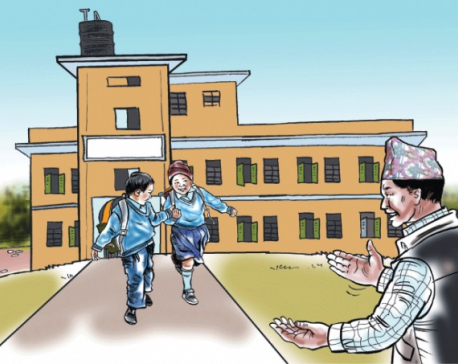
Inaccessibility forces children to drop out of schools in Jajarkot
JAJARKOT, Jan 27: Children of four settlements in Barekot Rural Municipality-8 in Jajarkot have no access to school. Children here... Read More...
Just In
- Police arrest individuals for defrauding Rs 30 million from 219 individuals misusing discovered citizenship
- FNJ demands full press freedom, announces election on June 8
- Price of gold and silver experiences fluctuations throughout this week given instability of conflict in Middle East region
- 73 succumb to tobacco consumption every day
- In Pictures: Preparations underway for Rato Machindranath chariot procession at Lalitpur
- Meeting called by Sudurpaschim CM Sodari to seek vote of confidence postponed
- Stock Analytics Software ‘gaining popularity’ in Nepal
- Health Ministry warns of action against health facilities running illegally







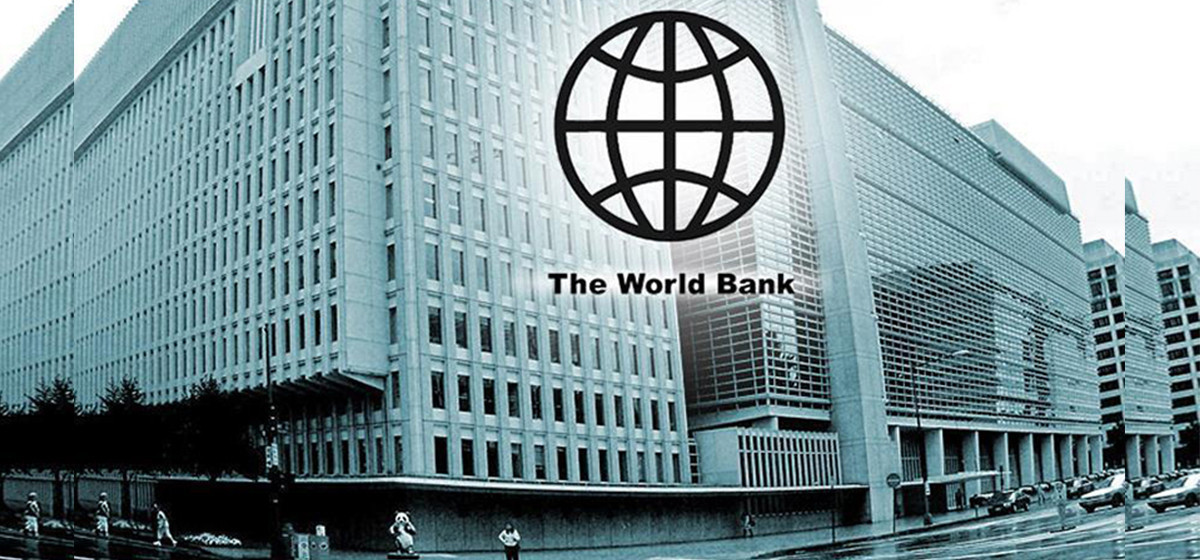
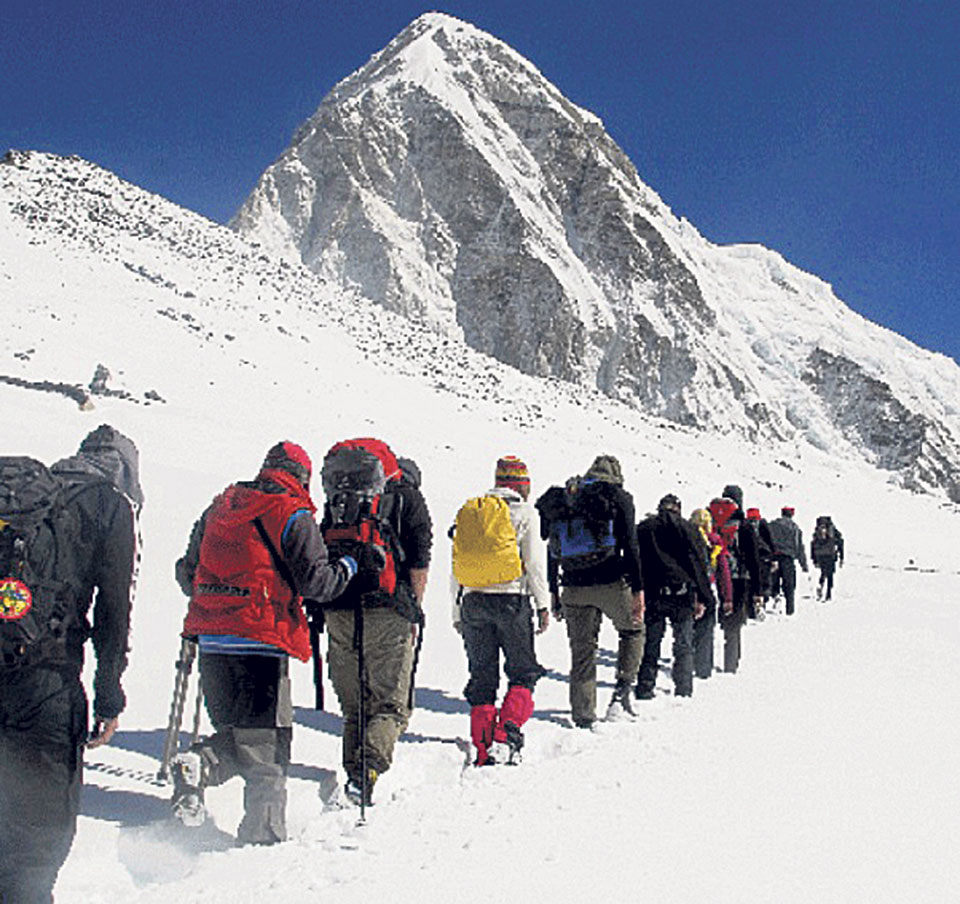







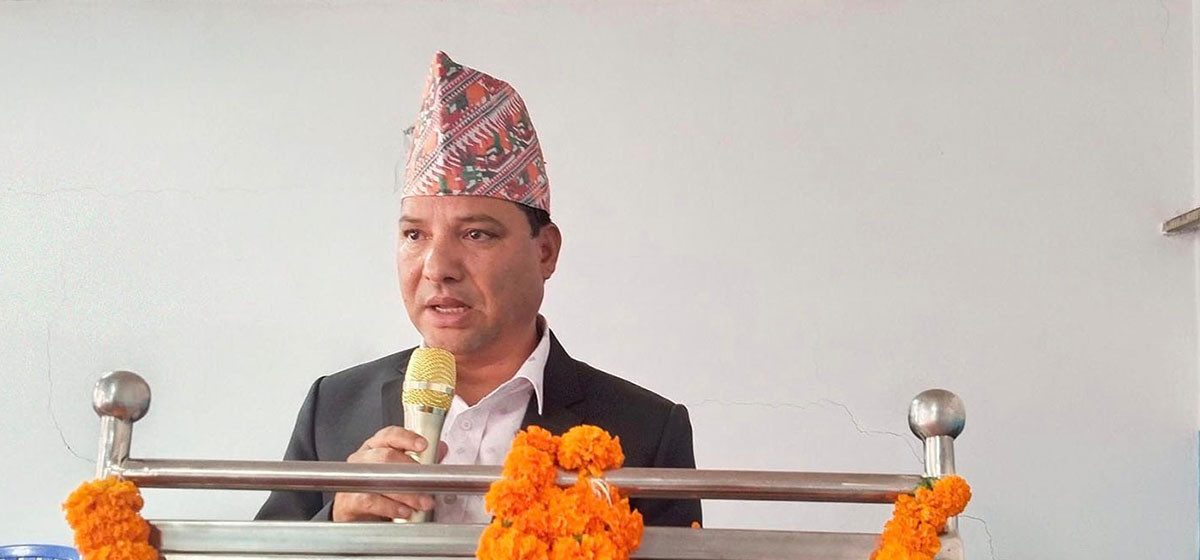
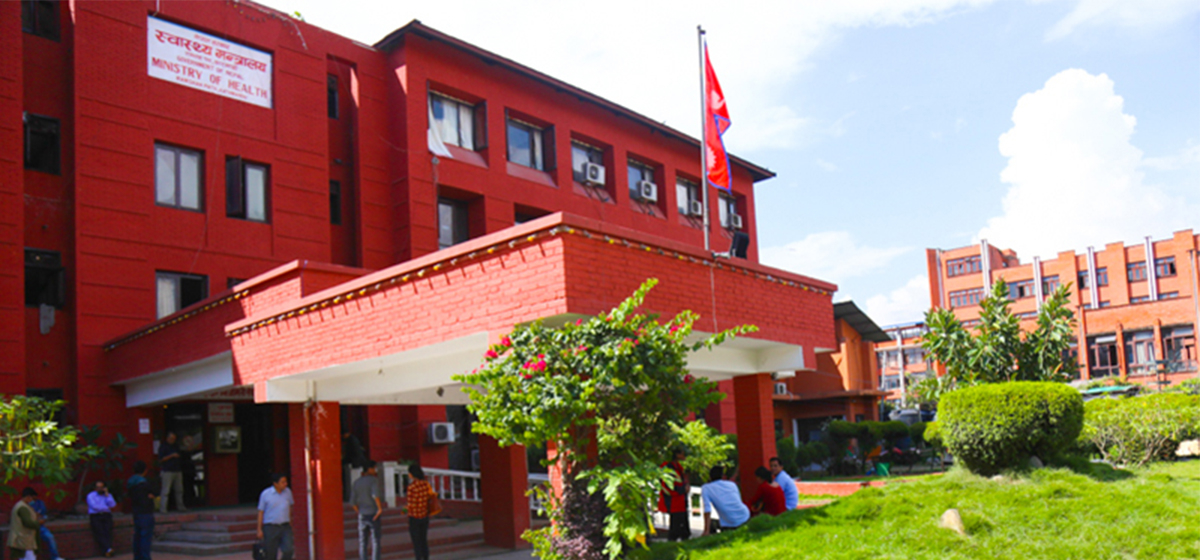

Leave A Comment